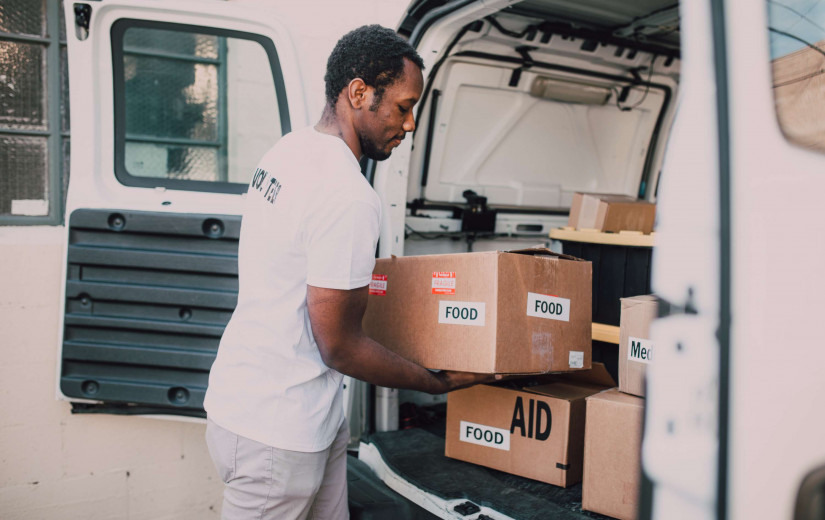Helping Families Put Food on the Table: The Ongoing Efforts to Improve SNAP Benefits
Across the United States, millions of families rely on the Supplemental Nutrition Assistance Program (SNAP), commonly known as food stamps, to afford groceries each month.
For struggling households, SNAP benefits can mean the difference between going hungry or being able to put food on the table.
However, many states have faced challenges in getting these critical food assistance funds to residents in need.
In Georgia, families have dealt with lengthy delays in SNAP benefit approvals and renewals over the past year.
The state's Department of Human Services (DHS) has acknowledged a major backlog, leaving thousands waiting weeks or even months for aid.
Understandably, the delays have caused frustration and hardship. Georgians in the SNAP application process describe it as slow and confusing, with little communication from the state.
In response, Georgia DHS is now looking into using artificial intelligence and chatbots to speed up approvals. While technology could help streamline the process, officials emphasize it is not a quick fix.
The agency continues to bring on additional staff to handle the overwhelming volume of SNAP applications.
Georgia is not alone in its struggles.
The COVID-19 pandemic increased demand for food assistance across the country. States like Illinois also implemented emergency allotments to give SNAP recipients the maximum benefits. However, federal policy changes mean these emergency funds are now ending.
Come March 2023, households will see a drop in monthly benefits.
While SNAP policies and procedures vary by state, the core goal remains the same: getting food assistance to those who need it. Approval processes aim to be timely, often within 30 days or less.
Benefit amounts are calculated based on factors like household size and income.
The bottom line is that SNAP lifts millions out of hunger each year.
Ongoing efforts to improve SNAP focus on making the system more efficient, accessible and responsive to the families relying on it. Although challenges remain, state agencies continue to find new solutions.
With the right policies and procedures in place, SNAP can achieve its vital mission - helping put food on the table for those who need it most.

















